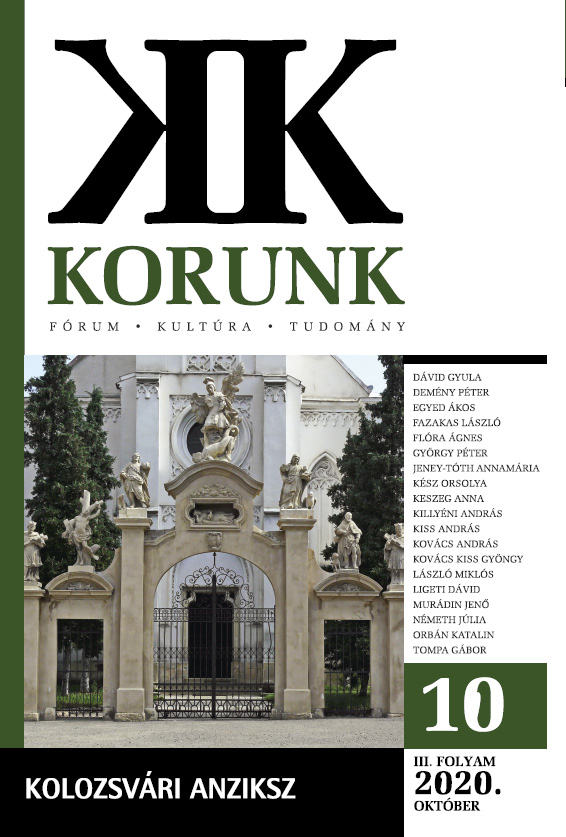Erkölcs és céhek a mindennapokban a kora újkori Kolozsvárott
Morals and Guilds in the Everyday Life of the Early Modern Kolozsvár
Author(s): Annamária Jeney-TóthSubject(s): Cultural history, Local History / Microhistory
Published by: Korunk Baráti Társaság
Keywords: guild statutes; Cluj/Kolozsvár; guild master; norm following; fornication; defamation
Summary/Abstract: The members of the guild in Kolozsvár had to live their lives not only within the confines of the city regulations, but also according to guild statutes. These statutes regulated all domains of everyday life, from the learning of the craft to charitable tasks and the process of becoming a master, with the purpose to impose norm following on them also in everyday life. If someone violated these statutes, he had to prove in front of the guild or the city tribunal that no crime has been committed. Some of the incidents include the case of Sixtus Kannagyártó, who continued to obey the statute of his guild from Szeben while in Kolozsvár, of János Udvarhelyi, who has secretly worked silver, an act strictly forbidden for goldsmiths. These cases all seem to have belonged in the category of minor misdemeanour, which the guilds tended to settle within their own limits. Fornication represented a much graver misdemeanour, so it comes as no surprise that those accused with it have tried to produce as much witnesses as possible for their innocence. István Szatmári, the father, and his son, who have been admitted together in the guild of the cobblers, have become involved in a malicious defamation process, in which the court ruled that the son is not of Gypsy origin (otherwise, he would have been excluded from the guild). Viewed in the context of the shoemakers’ aspiration for independence, of which István Szatmári has been one of the strongest supporters, one can see that these attempts to thwart his son’s admittance in the guild of the cobblers has been no accident.
Journal: Korunk
- Issue Year: 2020
- Issue No: 10
- Page Range: 34-41
- Page Count: 8
- Language: Hungarian

